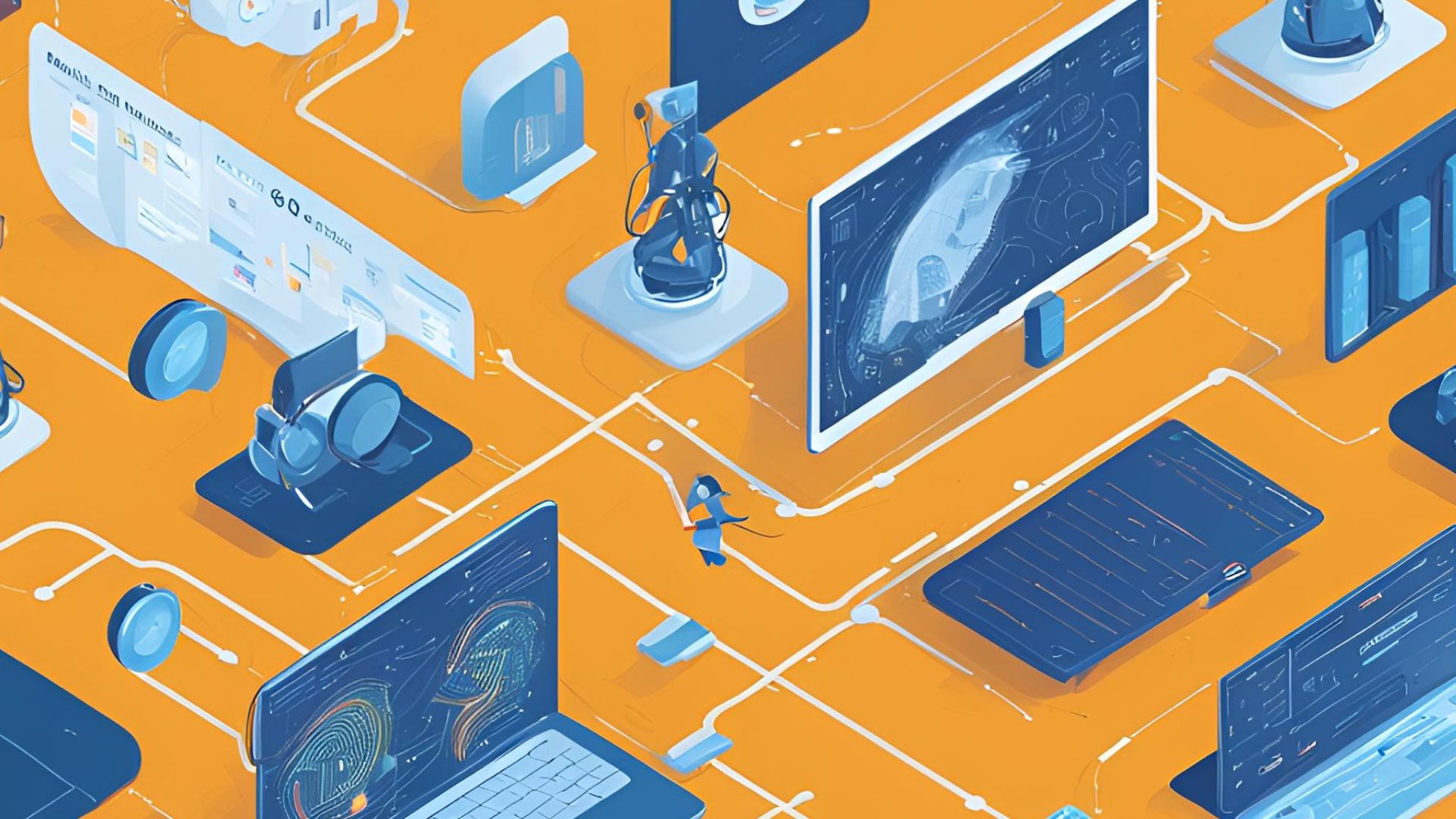Machine Learning (ML) is one of the fastest-growing fields in technology, driving innovations across industries. As the demand for skilled ML developers continues to surge, many are looking for a clear path to enter this exciting domain. This blog provides a comprehensive roadmap to help you become a successful ML developer in 2024, from the foundational skills to advanced concepts.
1. Understanding the Basics of Programming:
Why It Matters: Before diving into machine learning, a strong foundation in programming is essential. Python is the go-to language for ML due to its simplicity and the availability of extensive libraries.
What to Learn:
- Python (Syntax, Data Structures, Libraries like NumPy and Pandas)
- Basic algorithms and data structures (e.g., arrays, linked lists, sorting, searching)
- Version control with Git
2. Mastering Mathematics for Machine Learning:
Why It Matters: Machine learning relies heavily on mathematical concepts. Understanding the theory behind algorithms will help you implement and optimize them effectively.
Key Topics to Cover:
- Linear Algebra: Vectors, matrices, eigenvalues, and eigenvectors
- Calculus: Differentiation and integration, particularly for optimization problems
- Probability and Statistics: Random variables, probability distributions, hypothesis testing, and statistical inference
3. Diving Into Machine Learning Concepts:
Core Concepts:
Supervised Learning: Understand algorithms like Linear Regression, Decision Trees, and Support Vector Machines.
Unsupervised Learning: Learn about clustering methods (e.g., K-means, DBSCAN) and dimensionality reduction techniques like PCA.
Reinforcement Learning: Basics of Q-learning and the concept of agents and rewards.
- Practical Application:
- Start by working on small projects using datasets from platforms like Kaggle.
- Implement ML algorithms from scratch to gain deeper insight.
4. Familiarising Yourself with ML Libraries and Frameworks:
Why It Matters: Efficiently implementing ML models requires familiarity with key libraries and frameworks that streamline development.
Popular Tools:
- Scikit-learn: A simple and efficient tool for data mining and data analysis.
- TensorFlow and Keras: For building and training deep learning models.
- PyTorch: A popular alternative for deep learning with a more Pythonic approach.
- XGBoost and LightGBM: For gradient boosting in machine learning tasks.
5. Working with Data:
Why It Matters: Data is the backbone of ML. Understanding how to preprocess and clean data is crucial for building reliable models.
Key Skills:
- Data cleaning and preprocessing
- Feature engineering
- Handling missing data and outliers
- Data visualization using tools like Matplotlib and Seaborn
6. Model Evaluation and Tuning:
Why It Matters: Building a model is just the beginning. Evaluating its performance and fine-tuning it for better accuracy is where the magic happens.
Steps to Take:
- Learn about metrics like accuracy, precision, recall, F1-score, and AUC-ROC.
- Master techniques for hyperparameter tuning such as Grid Search and Random Search.
- Understand overfitting and underfitting, and how to combat them using cross-validation and regularization techniques.
7. Exploring Deep Learning:
Why It Matters: Deep learning is a subset of ML that deals with neural networks with three or more layers. It's particularly powerful for tasks like image and speech recognition.
Core Topics:
- Artificial Neural Networks (ANNs)
- Convolutional Neural Networks (CNNs)
- Recurrent Neural Networks (RNNs) and LSTM
- Generative Adversarial Networks (GANs)
Practical Experience:
Start with pre-trained models like ResNet, VGG, or BERT.
Implement a simple neural network using Keras or PyTorch.
8. Building and Deploying ML Models:
- Why It Matters: Knowing how to deploy models into production is a critical skill for ML developers.
- Steps to Follow:
Use cloud platforms like AWS, Google Cloud, or Azure for deployment.
Learn about Docker for containerization.
Familiarize yourself with REST APIs to expose your model as a service.
Explore MLOps practices for continuous integration and deployment (CI/CD) of ML models.
9. Gaining Real-World Experience:
- Why It Matters: Practical experience is invaluable. It helps solidify your knowledge and makes you more marketable.
- Opportunities to Explore:
Internships and freelance projects
Participate in Kaggle competitions
Contribute to open-source ML projects
Build your own portfolio of projects and document them on platforms like GitHub or a personal blog.
10. Staying Updated with the Latest Trends:
- Why It Matters: The field of machine learning is rapidly evolving. Continuous learning is essential to stay relevant.
How to Stay Informed:
- Follow influential ML researchers and practitioners on social media.
- Regularly read research papers on platforms like arXiv.
- Subscribe to ML newsletters, podcasts, and attend webinars or conferences.
The journey to becoming a proficient ML developer is challenging but incredibly rewarding. By following this roadmap, you’ll build a strong foundation and develop the skills necessary to succeed in the rapidly evolving field of machine learning. Keep learning, experimenting, and building—your future in ML is bright!
